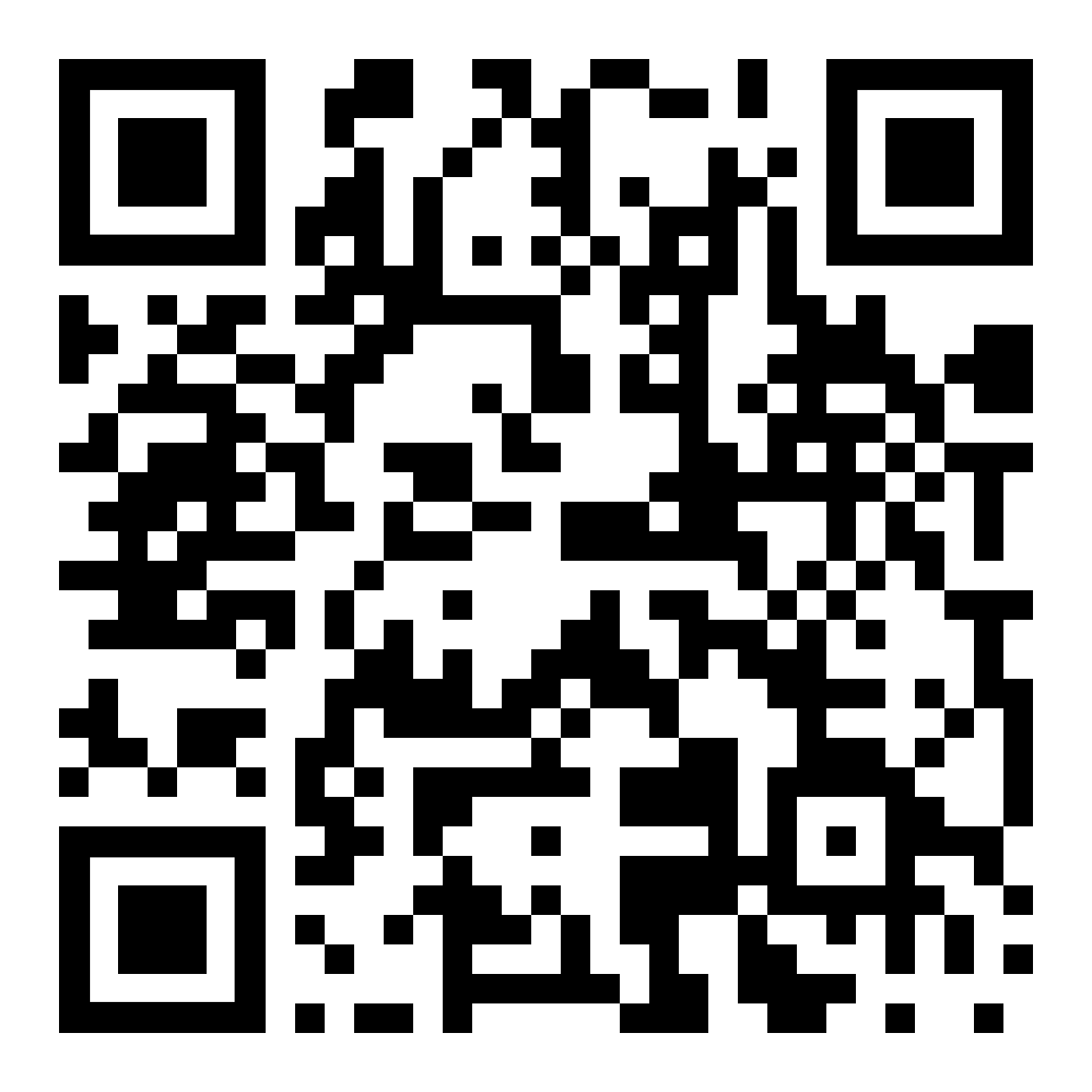Integrating Standardized Patients to Enhance Practical Training in Health Sciences
DOI:
https://doi.org/10.33165/rmj.48.01.e267786Keywords:
Standardized patient, Health sciences, Simulation-based learningAbstract
In the past, classroom lectures and laboratory instruction using mannequins in simulated settings constituted the main modes of instruction in health science institutions. This approach encouraged students to see, understand, touch, and connect different concepts and principles, bridging theory with practice. It enabled them to develop skills, apply these skills in real-life situations, boost their confidence, and make informed clinical decisions. The traditional teaching methods for preparing students for practical training serve as models. However, despite modern technological advancements, these methods still face limitations in fostering interaction, communication, and emotional expression. In fact, communication between service providers and service recipients is important and indispensable, particularly in areas such as psychiatric care, history-taking for disease diagnosis and health counseling. As a result, learners may not develop communication skills or be able to interact with service recipients, potentially leading to ineffective decision-making in practice. Therefore, using standardized patients offers an effective alternative to developing students’ skills. The purpose of this article is to present a comprehensive approach to teaching and learning with standardized patients at every stage of simulation-based education. It includes the characteristics of standardized patients, along with the advantages and limitations from individual and organizational policy perspectives, providing guidelines for preparing health science students for practical training in the future. However, the use of standardized patients in the teaching and learning process requires preparation by the department, teachers, students, and the standardized patients themselves. This preparation is essential to achieve learning objectives and maximize the efficiency of teaching and learning in simulated situations.
References
Maraphen R, Boonkoum W, Kheovichai K. Effect of a learning instructional by using standardized patients as simulation in home visits. TRC Nurse J. 2021;14(1):125-139.
Johnson KV, Scott AL, Franks L. Impact of standardized patients on first semester nursing students self-confidence, satisfaction, and communication in a simulated clinical case. SAGE Open Nurs. 2020;6:2377960820930153. doi:10.1177/2377960820930153
Soivong P, Suksatit B, Khampolsiri T, Suwankruhasn N. The use of standardized patients in nursing education. Rama Nurs J. 2015:21(3):289-297.
Lewis KL, Bohnert CA, Gammon WL, et al. The association of standardized patient educators (ASPE) standards of best practice (SOBP). Adv Simul (Lond). 2017;2:10. doi:10.1186/s41077-017-0043-4
Dayer Berenson L, Goodill SW, Wenger S. Standardized patient feedback: making it work across disciplines. J Allied Health. 2012;41(1):e27-e31.
Duangchan C, Keawyoo R, Pandee P. Standardized patients using in simulation-based learning: teaching health assessment. JPCN. 2022;5(3):11-23.
Robkob W, Inchaithep S, Thinwang W. Development of learning outcomes based on learning and evaluation redesigned using standardized patient in simulation-based learning (SBL) in mental health and psychiatric nursing courses. Journal of Health Sciences Scholarship. 2022;9(1):228-252.
Mohamed E, Harvey G, Kilfoil L. Pre-brief in simulation-based experiences: a scoping review of the literature. Clin Simul Nurs. 2021;61(1):86-95. doi:10.1016/j.ecns.2021.08.003
Office of the National Education Council, Ministry of Education. Education in Thailand. Prigwan Graphic Co, Ltd; 2018.
Kumkong M, Chaikongkiat P. High fidelity simulation-based learning: a method to develop nursing competency the southern college network. The Southern College Network Journal of Nursing and Public Health. 2017;4(suppl):S332-S344.
Stephenson E, Poore J. Tips for conducting the pre-brief for a simulation. J Contin Educ Nurs. 2016;47(8):353-355. doi:10.3928/00220124-20160715-05
McDermott DS, Ludlow J, Horsley E, Meakim C; INACSL Standards Committee. Healthcare simulation standards of best practiceTM prebriefing: preparation and briefing. Clin Simul Nurs. 2021;58:9-13. doi:10.1016/j.ecns.2021.08.008
Chansungnoen J. Simulation based learning: nursing education. Journal of Southern Technology. 2021:14(1):145-153.
Thatan S, Srijanpal W. Teaching method using simulation-based learning. Journal of Nurses Association of Thailand Northern Office. 2017;23(1):1-10.
Hughes PG, Hughes KE. Briefing Prior to Simulation Activity. In: StatPearls. StatPearls Publishing; 2023.
Persico L, Belle A, DiGregorio H, Wilson-Keates B, Shelton C; INACSL Standards Committee. Healthcare simulation standards of best practiceTM facilitation. Clin Simul Nurs. 2021;58:22-26. doi:10.1016/j.ecns.2021.08.010
Decker S, Alinier G, Crawford SB, et al; INACSL Standards Committee. Healthcare simulation standards of best practiceTM the debriefing process. Clin Simul Nurs. 2021;58:27-32. doi:10.1016/j.ecns.2021.08.011
Sawyer T, Eppich W, Brett-Fleegler M, Grant V, Cheng A. More than one way to debrief: a critical review of healthcare simulation debriefing methods. Simul Healthc. 2016;11(3):209-217. doi:10.1097/SIH.0000000000000148
Phrampus PE, O’Donnell JM. Debriefing Using a Structured and Supported Approach. In: Levine AI, DeMaria S, Schwartz AD, Sim AJ, eds. The Comprehensive Textbook of Healthcare Simulation. Springer; 2013:73-84. doi:10.1007/978-1-4614-5993-4_6
Busselle K. De-roling and debriefing: essential aftercare for educational theatre. Theatre Topics. 2021;31(2):129-135. doi:10.1353/tt.2021.0028
Bailey S, Dickinson P. The importance of safely de-roling. Methods: A Journal of Acting Pedagogy. 2016;2(2):1-18.
Busselle K, Fazio H. Windows into revolutionary recovery: check-ins, de-roling, and debriefing practices for rehearsal and performance. Theatre/Practice: The Online Journal of the Practice/Production Symposium of the Mid America Theatre Conference. 2023;12:1-20.
Escribano S, Cabañero-Martínez MJ, Fernández-Alcántara M, García-Sanjuán S, Montoya-Juárez R, Juliá-Sanchis R. Efficacy of a standardised patient simulation programme for chronicity and end-of-life care training in undergraduate nursing students. Int J Environ Res Public Health. 2021;18(21):11673. doi:10.3390/ijerph182111673
Oh PJ, Jeon KD, Koh MS. The effects of simulation-based learning using standardized patients in nursing students: a meta-analysis. Nurse Educ Today. 2015;35(5):e6-e15. doi:10.1016/j.nedt.2015.01.019
Techasukthavorn V, Thadamatakul P, Vorapongsithikul P. The development of nutrition counseling skills and attitude as a part of a teaching technique by using standardized patient in role play. Thai JPEN. 2019;27(1):58-72.

Downloads
Published
How to Cite
Issue
Section
License
Copyright (c) 2025 by the Author(s). Licensee RMJ.

This work is licensed under a Creative Commons Attribution 4.0 International License.
















